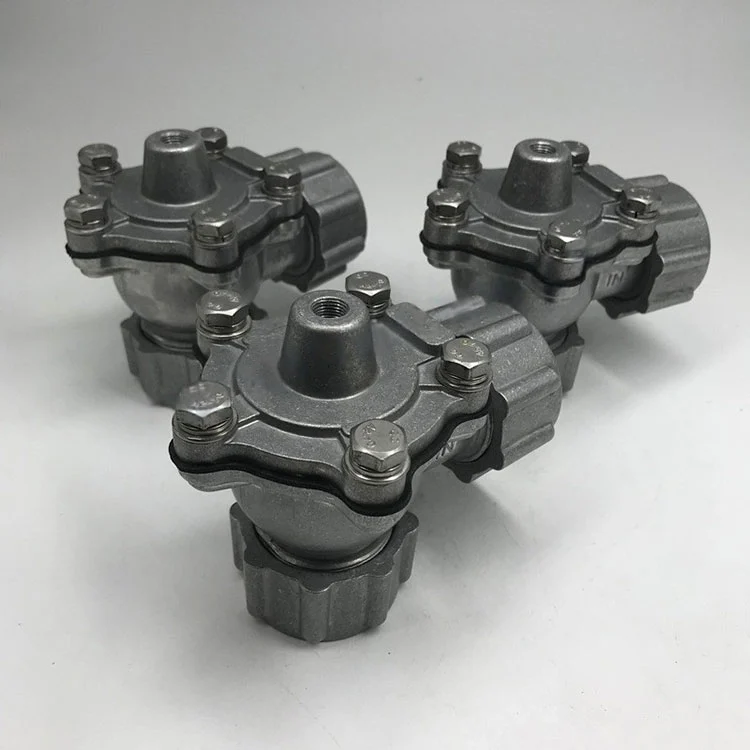Recent Advances in Pulse Valve Technology
2025-04-22
Pulse valve technology has long been a cornerstone in industrial dust collection systems, especially in baghouses and cartridge filters. These valves are critical for delivering short, powerful bursts of compressed air to clean filter bags or cartridges and maintain optimal airflow. In recent years, rapid technological progress has transformed the landscape of pulse valve performance, efficiency, and durability. Let's dive into the recent advances reshaping this essential industrial component.
1. Improved Energy Efficiency
One of the most significant advancements in pulse valve design is energy optimization. Traditional pulse valves can be air-hungry, leading to increased operational costs. Recent models are designed with low air consumption in mind, offering the same or even enhanced cleaning power with reduced air use. This is achieved through:
- Streamlined internal flow paths
- Optimized diaphragm dynamics
- Quick response times
Some modern pulse valves boast energy savings of up to 30–40%, making them more cost-effective and environmentally friendly.
2. Advanced Diaphragm Materials
The diaphragm is the heart of a pulse valve. Older designs used rubber or neoprene diaphragms, which can degrade quickly under extreme conditions. Recent innovations focus on:
- High-performance elastomers
- Reinforced rubber with fabric layers
- Chemical-resistant and temperature-resistant materials
These advancements increase service life, reduce maintenance intervals, and ensure reliable performance even in harsh industrial environments.

3. Smart Pulse Valve Systems
Welcome to the era of Industry 4.0—even pulse valves are getting smarter. Integrating smart technology into pulse valve systems allows for:
- Remote monitoring and control
- Real-time diagnostics
- Predictive maintenance alerts
These systems use sensors and IoT connectivity to monitor valve performance, detect failures early, and optimize cleaning cycles based on dust load and filter condition, rather than running on fixed intervals.
4. Modular and Compact Designs
Space constraints are always a challenge in industrial settings. Recent pulse valves feature modular, compact construction, which makes installation easier and enables quick maintenance or replacement without dismantling the entire system.
- Snap-on fittings
- Fewer moving parts
- Integrated silencers
These design upgrades reduce downtime and streamline operations.
5. Higher Lifespan and Reliability
Thanks to better materials and refined engineering, modern pulse valves can withstand millions of cycles without failure. In demanding environments—such as cement plants, steel mills, and chemical processing—this added durability translates to lower replacement costs and fewer production halts.
6. Enhanced Pulse Strength and Precision
With the use of computational fluid dynamics (CFD) and precision engineering, manufacturers can now design pulse valves that deliver more concentrated bursts of air with minimal turbulence. This leads to:
- More efficient filter cleaning
- Longer filter life
- Reduced compressed air requirements
Final Thoughts
Pulse valves may seem like simple components, but their impact on industrial filtration systems is enormous. With advancements in energy efficiency, smart controls, and durable design, today’s pulse valves are more powerful, intelligent, and economical than ever before. For industries seeking improved dust collection performance and reduced operating costs, investing in modern pulse valve technology is a clear win.
Need help choosing the right pulse valve for your system? Or want to know more about integrating smart monitoring? Drop us a message—we’d love to help you navigate the future of industrial air filtration!


